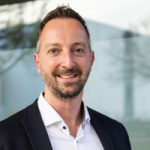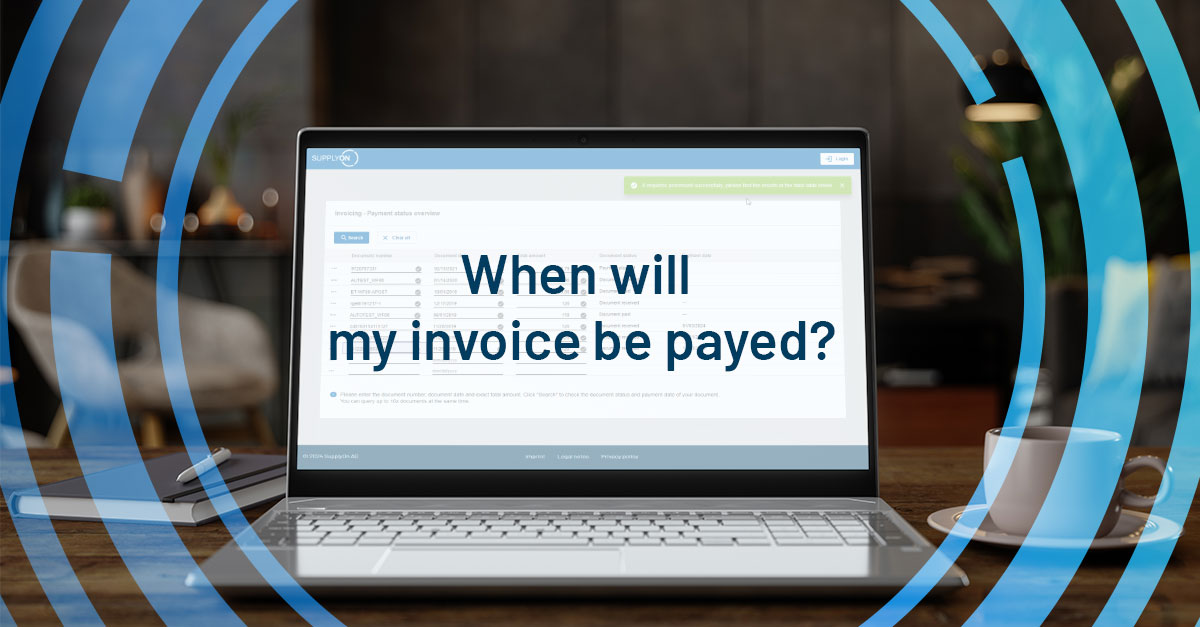Are you ready for Invoice Clearance in France?

In recent years, an increasing number of countries have introduced so-called invoice clearance procedures. Before electronic invoices can be sent to the recipient, they must be checked and approved by a central government agency. The primary concern is the correct reporting of tax data. These clearance models are usually referred to as Continuous Transaction Controls (CTCs) because the verification takes place in near real-time. CTCs aim to reduce the VAT gap. Governments use this term to describe the loss of tax revenue due to missing or incorrectly reported tax data.
The first countries to implement such models are in Latin America. They are already discussing extensions such as the reporting of incoming payments or certain tax benefits. The EU is also considering CTC. Just at the end of last year, an important package of measures entitled “VAT in the Digital Age”, or VIDA for short, was adopted. This creates a framework for how tax reporting for companies in the EU should look in the future.
Companies in France will have to be “clearance-ready” by 2026
In France, a CTC model for B2G (business to government) transactions has been in place for several years. Invoices to public institutions must be sent to a central government portal called “Chorus Pro”. In future, this procedure will be gradually extended to B2B (business to business) transactions.
In addition to the e-invoicing obligation, there is also an e-reporting obligation. This applies primarily to cross-border invoicing and relates to invoices that are not already covered by the national clearance procedure, for example, invoices from other European countries. Their tax data must also be reported to the French tax authorities.
Regarding the planned timeline and introduction of the French Invoice Clearance procedure, a delay was communicated in summer 2023. A mandatory introduction was planned originally in stages starting in July 2024. French companies mentioned in several consultations with the authorities that more time is needed to prepare their processes and systems. This, however, is not the only reason. From the tax authority’s side, the completion of the central government portal PPF (Portail Public de Facturation) also requires more time. The launch date of July 2024 faced pressure in summer as a result.
Due to these reasons, the French Ministry of Finance has decided to postpone the introduction of the B2B Invoice Clearance procedure. In a recent meeting, the national tax authority provided some details on the postponement. As the formal dates have yet to be determined, the rough timeline was presented as part of a three-phase rollout:
2024: In spring 2024, the French authorities will publish a list of officially registered PDP (Plateforme de Dématérialisation Partenaire) providers. In the second half of the year, the central government portal PPF (Portail Public de Facturation) will be completed.
2025: During this year, France will implement a large-scale pilot program that will run for the entire year 2025. Companies of all sizes as well as provider companies can participate in this project. The pilot phase is intended to enable companies and software providers to test their systems and processes in order to prepare as well as possible for the launch of the clearance model.
2026: In 2026, the Invoice Clearance procedure will be introduced and become mandatory for companies. The exact phased introduction will become clear at the end of 2023, when the planned finance law is passed by the French parliament.
What does the French clearance model look like?
Before the introduction, France evaluated and compared different CTC models from other countries. It chose a decentralized approach that gives maximum flexibility to market players. The invoice sender or recipient has two options here: Either they send the invoices directly to the central government portal PPF (Portail Public de Facturation, an evolution of the “Chorus Pro” portal already used for B2G). Or they work with certified providers called PDP (Plateforme de Dématérialisation Partenaire). The PDP receive the invoices, report the tax data to the central PPF platform and forward the invoice to the recipient.
Each French company is free to choose whether to work with a PDP or to connect directly to the central PPF platform. In addition to the PDP, there will be another type of provider, the so-called OD (Opérateur de Dématérialisation). Only PDP are allowed to send invoices directly from a supplier to a customer and report tax data to the central PPF platform.
Furthermore, providers specializing in purchase-to-pay processes offer additional advantages, such as matching an invoice against specific “requirement data” such as the purchase order or advance shipping notice. This can ensure that only invoices that have undergone successful upstream validation enter the clearance process. Lengthy and cumbersome cancellation processes can thus be avoided.
In addition to transmitting invoice data and tax messages, suppliers in France must support a standardized status model. The so-called “lifecycle status” of an invoice can go through several phases. The following statuses are mandatory and must be supported by all parties: “Submitted”, “Refused “, “Rejected” and “Payment Received”.
Decentralized clearance model in France:

How does SupplyOn support the new French clearance model?
SupplyOn Invoicing already covers the French invoicing requirements. SupplyOn also offers a solution for the new French clearing procedure. The development team is already working on an extension for Invoicing to support the new French CTC procedure. This solution extension will be available in time when the pilot phase starts in 2025 for SupplyOn’s customers to prepare. During solution design, SupplyOn works closely with government agencies and consulting firms to ensure that all requirements are directly incorporated into the product.
SupplyOn Invoicing enables suppliers to check invoices against various quality criteria before sending them. This can be a check against a purchase order (PO) or against customer-specific specifications. In this way, suppliers can be sure that their invoices will be accepted by the customer and paid promptly. Time-consuming correction processes are eliminated. In case of discrepancies, suppliers can work directly with their customers to find a solution.
For customers, SupplyOn Invoicing is an upstream quality gate that checks invoices in advance and ensures a consistently high level of quality. This leads to an almost completely automated invoice receipt process. The planned solution expansion for France thus ensures that SupplyOn customers continue to enjoy all the benefits of Invoicing and can use the service as usual.
The latest communicated postponement puts all sub-services and providers in a position to be prepared for the rollout, provided they take advantage of the additional time. In particular, the pilot program planned for 2025 gives all stakeholders the opportunity to test their processes and systems and gain confidence with the new system. Large companies, which are first in line to implement the CTC process, should view the postponement only as a six-month delay and consider the start of the pilot program in early 2025 as a de facto launch date.
SupplyOn intends to monitor further developments closely. The time gained enables SupplyOn to work together with customers on preparing the systems.



